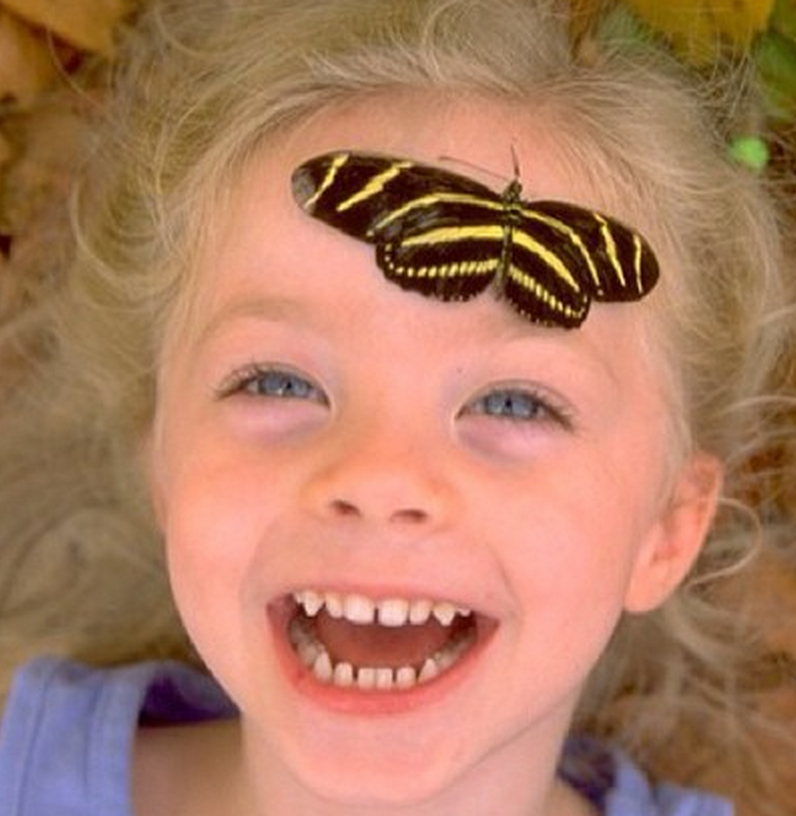Three years ago, National Geographic started an Instagram feed. Now, it has close to 7,000 images, more than 19 million followers and recently reached its billionth like.
But guess who’s running the account? Not a social media manager, not an editor, not someone from marketing.
It’s the photojournalists — 110 of them. They each have the password. They try and give each other about an hour between posts. And they’re curating images from assignments, their lives, their travels and anything else that they choose.
“We’ve taken a completely different approach than most people when we started it,” said Sarah Leen, director of photography at National Geographic. “The idea was to give the photographers this opportunity to have a place to display the work they were doing for us or even the work they were just doing.”
It’s not a place to sell magazines or photos, she said. It may not even get people to National Geographic’s site.
“The community is not very keen on that,” Leen said. “They just want to look at great pictures.”
David Guttenfelder, a National Geographic Society Photography Fellow, started sharing his images through National Geographic’s account shortly after it started.
“I think it was very important for a magazine like National Geographic to jump in and not sit on the sidelines and be the ones that help shape this and guide it,” said Guttenfelder, currently on assignment in North Korea, “because they have always been the leaders in photography, and that was a big motivator for me, not to sit on the sidelines.”
A whole new visual language is emerging thanks to Instagram, he said, and he wanted to help define it. Now, Instagram is integrated into how he works. Every photographer uses the account differently, but Guttenfelder shares images he has shot while on assignment using his phone.
“My idea of what Instagram is for is to take people with you on the journey, so it’s not a place to publish at people, it’s a place to have people follow you in the field.”
It can take up to a year for the work he shot to appear in the magazine, but sharing this parallel stream of work on Instagram helps him feel a more immediate and direct link with people.
“When the story finally comes out, there are many people who’ve gone with you from the beginning,” Guttenfelder said. “I think that that’s a really powerful thing. It’s not your readership, it’s real followers invested in what you’re doing. It’s more of a community.”
John Stanmeyer, a photographer at National Geographic, doesn’t have a schedule for sharing his images on National Geographic’s Instagram feed.
“I publish when there’s a feeling to do so,” said Stanmeyer, who’s on assignment in the Anatolia region of Central Asia. “I sort of function more on feeling than need. There has to be a reason and a point and a narrative. There has to be a giving of information and not just an image, hopefully to create a dialogue and communicate.”
To him, the photographers involved are curators, and it’s a privilege, he said, to communicate with so many people about issues he cares for deeply.
“We call it social media,” he said. “It’s actually not. We’re publishers, and it only becomes social when you interact with the people who are writing to you.”
Journalists at newspapers never used to directly get the letters to the editor, those just went to the editors, he said. Now, that line is direct.
“Under some of my images, I get 5,000 letters to the editor.”
Joel Sartore, also a photographer at National Geographic, only recently started posting from National Geographic’s account. He worried, for awhile, about giving away his work.
“For somebody who’s used to making a living selling pictures, it’s a hard thing to accept at first.”
But there’s a return, he said, in growing your audience, in reaching new people, in communicating directly with those people.
“It’s a real watershed event, and it enables us to have a voice directly with people,” said Sartore, who was at home in Lincoln, Nebraska.
Sartore said the group of photographers curating for the account are mostly veterans, and they respect each other and their audience, offering images they think the National Geographic community would like. They try and be good stewards of the account, he said, and not use it to advertise themselves.
“It’s a working gallery space, I guess you could say, for both personal pictures and work-related pictures.”
National Geographic editors have added one thing to the Instagram account recently — glimpses of the archives, which you can also find on Tumblr.
“We have such a deep archive,” said Leen, who credits National Geographic Deputy Director of Photography Ken Geiger with overseeing the Instagram account. “We have more than 125 years of photography. We have all this wonderful vintage black and white, autochrome, hand-colored, and even ’30s, ’40s, ’50s. It’s just rich. It’s just fun to surface this work.”
Instagram itself is a bit of a Rubik’s Cube, she said. It’s hard to think about how to monetize it, and that’s not what it’s built for.
“It’s become such a great banner for the brand that I think it reaches a totally different audience than the people who subscribe to the magazine or go to our websites or travel on our expeditions,” Leen said. “I think it’s just reaching a particular audience that is a younger audience, and I think that we want to reach them with our photography.”
Maybe it will lead them to the site or the magazine someday. Maybe it’s a doorway. She isn’t sure where Instagram will take them.
“It’s almost like don’t fix what’s not broken.”
Correction: An earlier version of this story got Ken Geiger’s title wrong. He is deputy director of photography.









Comments